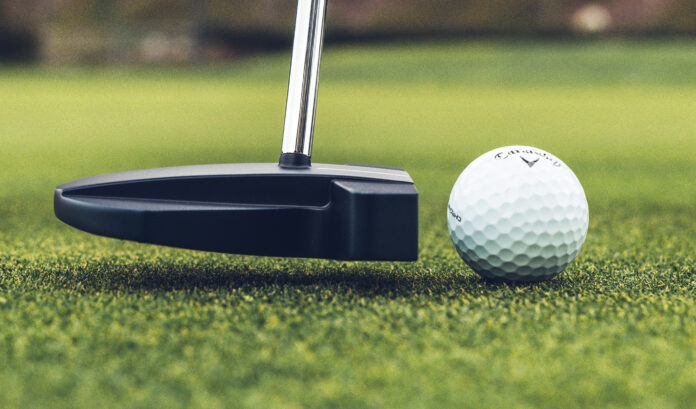By ED TRAVIS
If there is one thing constant in golf it is changes in materials and design of our equipment. Some changes are remarkable advancements such as the urethane cover solid golf ball and titanium/carbon fiber drivers with graphite shafts while others like fiberglass iron shafts and square steel headed drivers are best forgotten.
So, what is the most recent club design that’s all the rage?
It has to be zero torque putters, a term most weekend players may have heard of but can’t tell you what it means.
Let’s start with an explanation of some things such as, putting strokes have an arc where the head swings back inside the line of the intended putt. The forward stroke returns the head to be square with the line and then the stroke arc takes it inside the line again.
The key factor to your understanding is if the putter face rotates in relationship to the stroke path hitting putts on the intended line is not a sure thing. Some strokes produce lots of face rotation and some only a small amount while others keep the face relatively square to the path for the entire stroke.
The squaring of the face at impact is dependent on a number of factors such as adjustments made by the hands, inadvertently or on purpose, the weighting of the putter and how much the putter face opens on the way back.
To compensate for face rotation in the stroke putters are made with something called ”toe hang,” a descriptive if inelegant name for how much when a putter is held loosely parallel to the ground the toe points downward. The greater the toe hang, i.e., the more the toe points towards the ground, the more it will help compensate for strokes with high amounts of face rotation.
Therefore, the less the toe hang the less face rotation compensation the putter will have. Face balanced putters don’t have any toe hang thus are good for strokes with minimal face rotation.
Determining how much or how little, if any, toe hang you should have in your putter calls for a professional fitting even ahead of a driver fitting considering the number of putts in a round compared with the number of drives.
So, if you have been following this somewhat involved explanation your next question is “what about this thing called zero torque.”
I’m glad you asked. Zero torque putters is a shorthand way of saying the putter face does not rotate open on the back stroke and close back on the forward stroke. In other words it stays square to the putter arc. The obvious result is no manipulation of the putter face, either due to the manufacturer’s hosel placement, head weight placement or what the player thinks he has to do with his hands to hit the ball on the desired line.
Another way to say it is you may not have to change your stroke to make more putts and can concentrate more on the line and speed. Could be a major step forward for some of us.
We asked Luke Williams the Senior Global Director at Odyssey, Callaway Golf’s putter division, for his comments on zero torque putters and his response was straight to the point. “Zero torque putters are the hottest trend in putters right now. What makes them different is the way that they balance, with the toe up, which is different from traditional putters that are either face balanced or have some amount of toe hang. This balance makes them very stable during the stroke; they tend to want to stay square to your path. For players that struggle with leaving the face open at impact or for players that are looking to reduce face rotation in their stroke they can be a great option.”
Sam Bettinardi, President of high-end putter maker Bettinardi Golf, gave us insight into his thinking, “Overall, I’d say that a zero-torque style putter helps neutralize many of the inconsistencies that you see across average to bad putters which is a really good thing for someone who’s not confident on the greens, zero torque is fantastic. The biggest struggle across the board is the visual of switching from offset to onset creating the illusion of a shut club face.
“Ultimately, zero torque is a fantastic alternative to a traditional style putter, but it’s not for everyone. If it feels natural in your hands, it’s a hard club to ever replace. But again, not for its not for everyone which is why I’m glad we have all our other options.”
Measuring the amount of torque and whether a so-called zero-torque putter is really zero-torque is up in the air right now with different makers using different definitions. However, designs that have the shaft on the same plane as the center of gravity of the head will usually be zero torque.
Our staff likes several putters in this category, and should you be looking to change flat sticks this summer they are worth your testing.
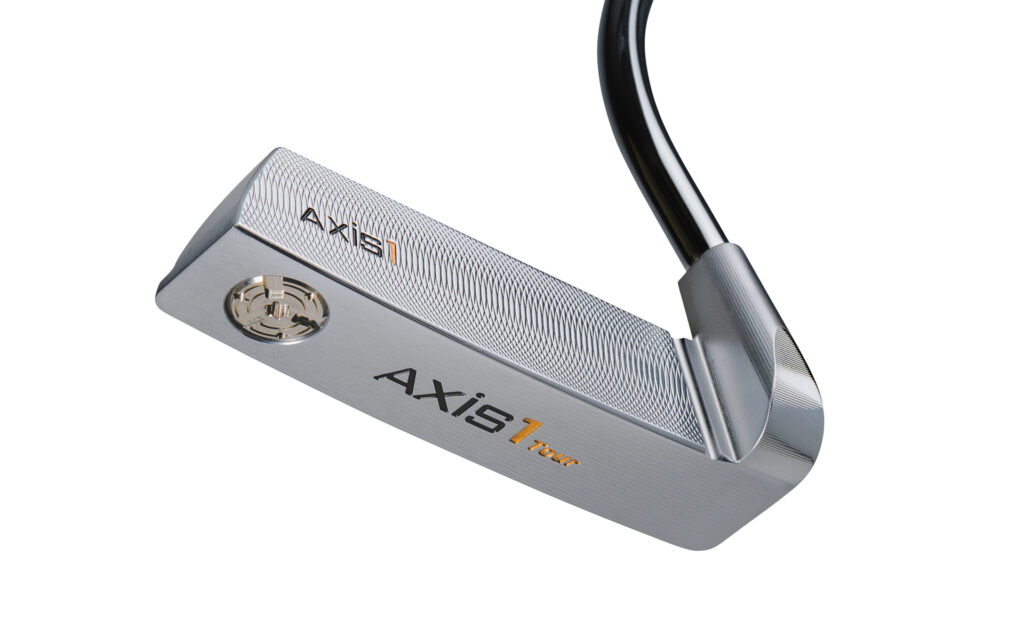
Axis1 Tour-S
Developed with the help of touring pros the Tour-S is one of the few zero torque putters in a blade design. The milled head is made of stainless steel and there is weight towards the toe to balance the head throughout the stroke. Axis1 putters were the first of the zero torque putters produced by company founder Luis Pedraza and the Tour-S is also available in a Tour-B with a black non-reflective finish. $349 Axis1 Tour-S – Axis1 Golf
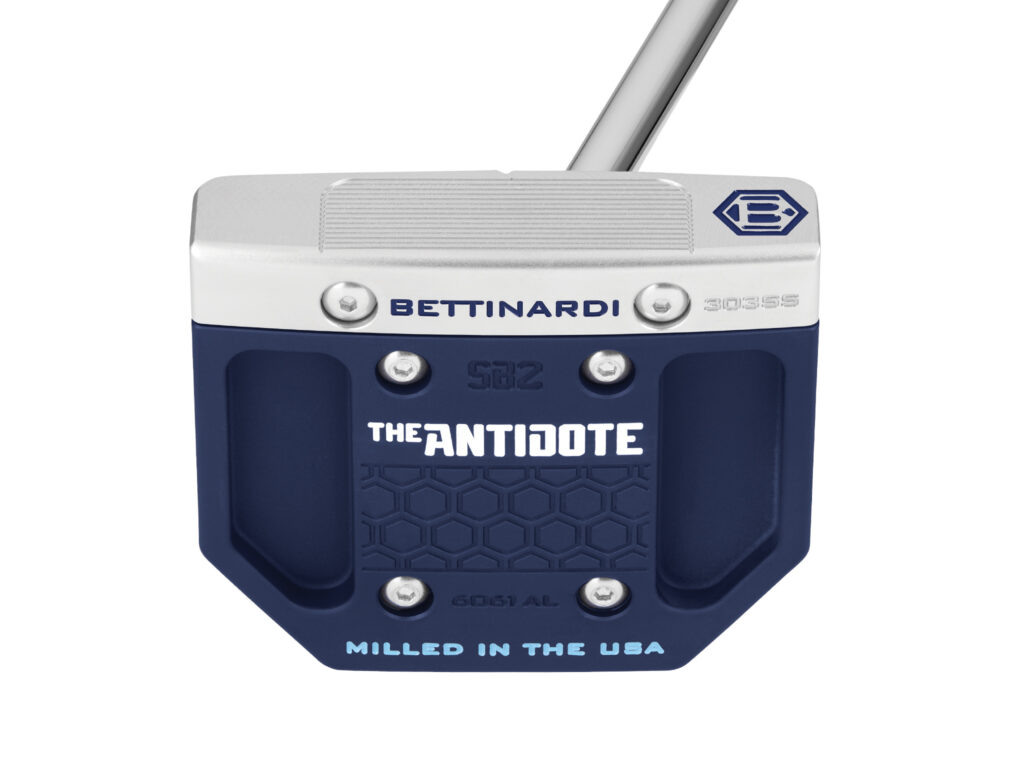
Bettinardi Antidote SB2 Putter
Bettinardi’s Antidote SB2 model for those who prefer a full-sized mallet style and the Simply Balanced location of the shaft in relation to the center of gravity maintains a square face no matter what swing path is used. The body is high grade aluminum and the stainless steel face is milled for a soft feel at impact. Right or left-handed, and there is a counterbalance option. $450 Antidote SB1 Putter | Bettinardi Golf – Studio B
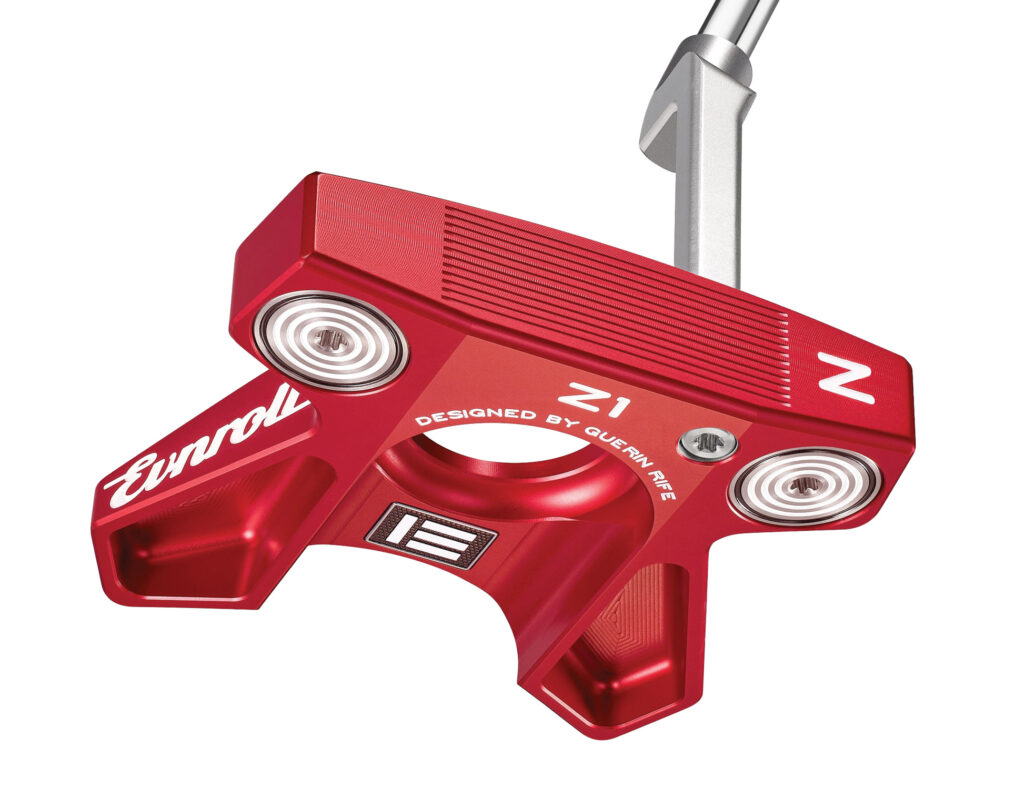
Evnroll Zero Z1 Putter
This face forward mallet-style putter is milled from aircraft-grade aluminum and the distinctive reverse offset hosel also milled but from stainless steel. It also makes use of Guerin Rife’s “SweetFace” design for consistent roll no matter where on the face impact is made with variable width channels spaced closely together tapering nearer the toe and the heel. $449 ZERO Z1 Mallet Putter in Black, Red, or Blue (Zero Torque) – Evnroll
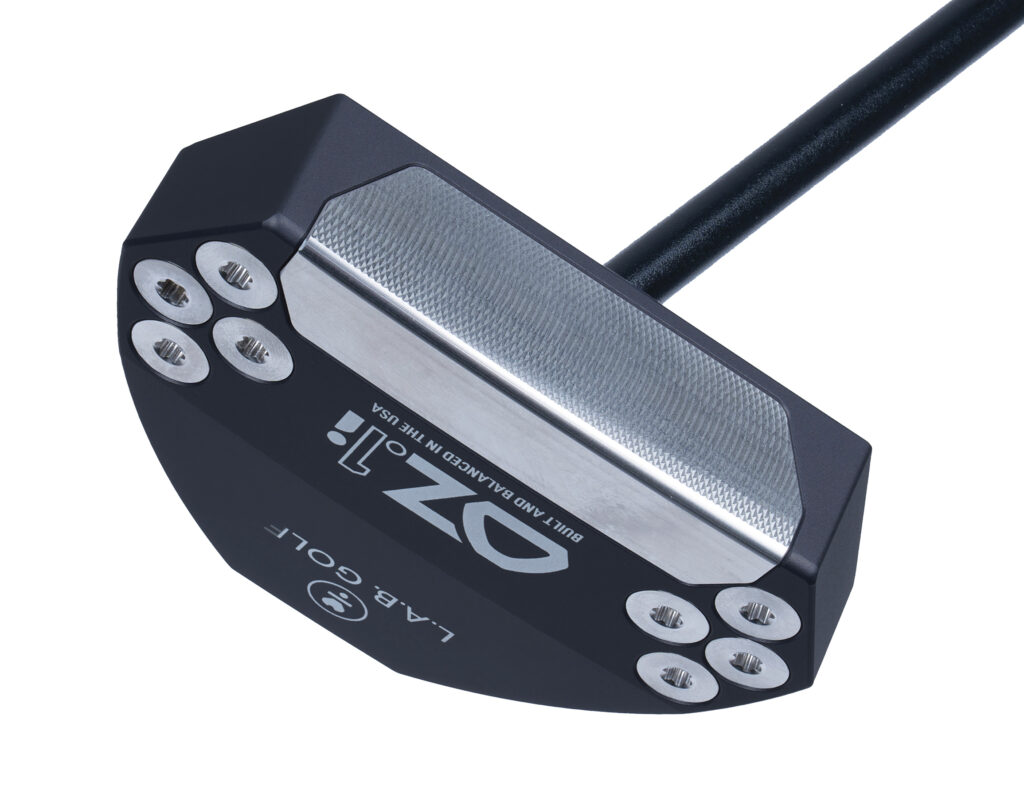
LAB OZ.1i Putter
LAB (Lie Angle Balanced) for the first time have made a model with a face insert in a solid aluminum head and the insert of stainless steel produces a firm feel and more ball speed. The mallet-shaped head is a half-moon configuration–a first as well for the company–and the result of asking Adam Scott his thoughts of how a putter should look. This zero-torque design has eight permanent sole weights. $499.99 OZ.1i – STOCK – L.A.B. Golf
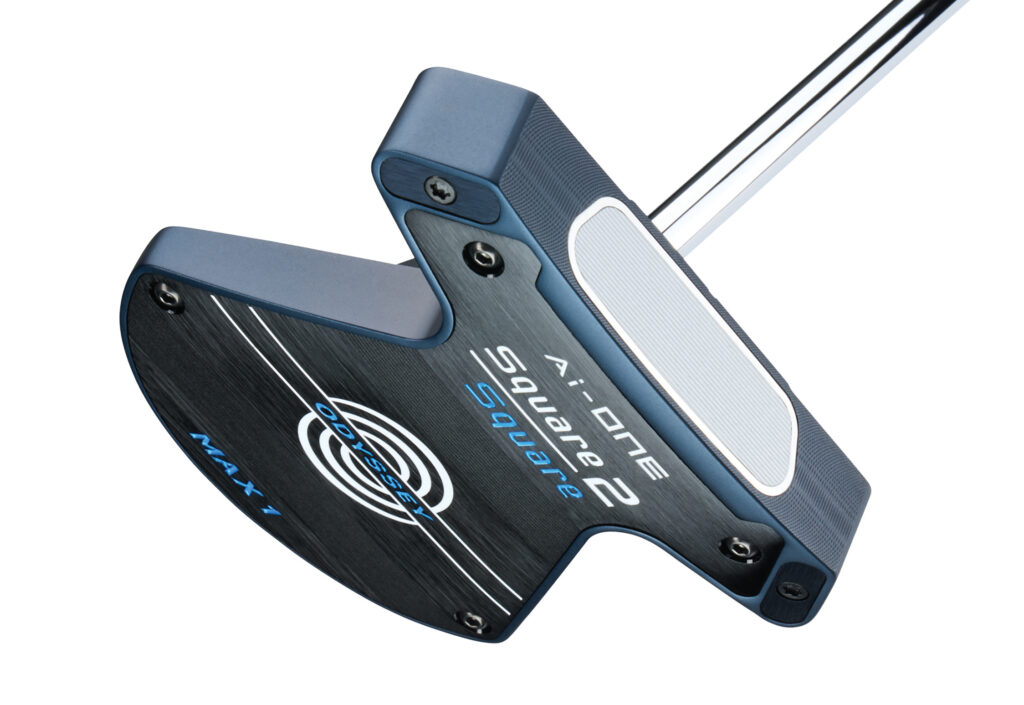
Odyssey Ai-ONE Square 2 Square Max 1 Putter
The latest from Odyssey in the Square 2 Square family introduced last fall this center shafted mallet has extremely high resistance to twisting with an MOI of more than 6300. The face insert is the familiar grooved White Hot urethane and there is an artificial intelligence designed aluminum backer to give a solid feel at impact. Also available with a wide stipe alignment aid. $399.99 Ai-ONE Square 2 Square Putters Max 1 &Max Stripe
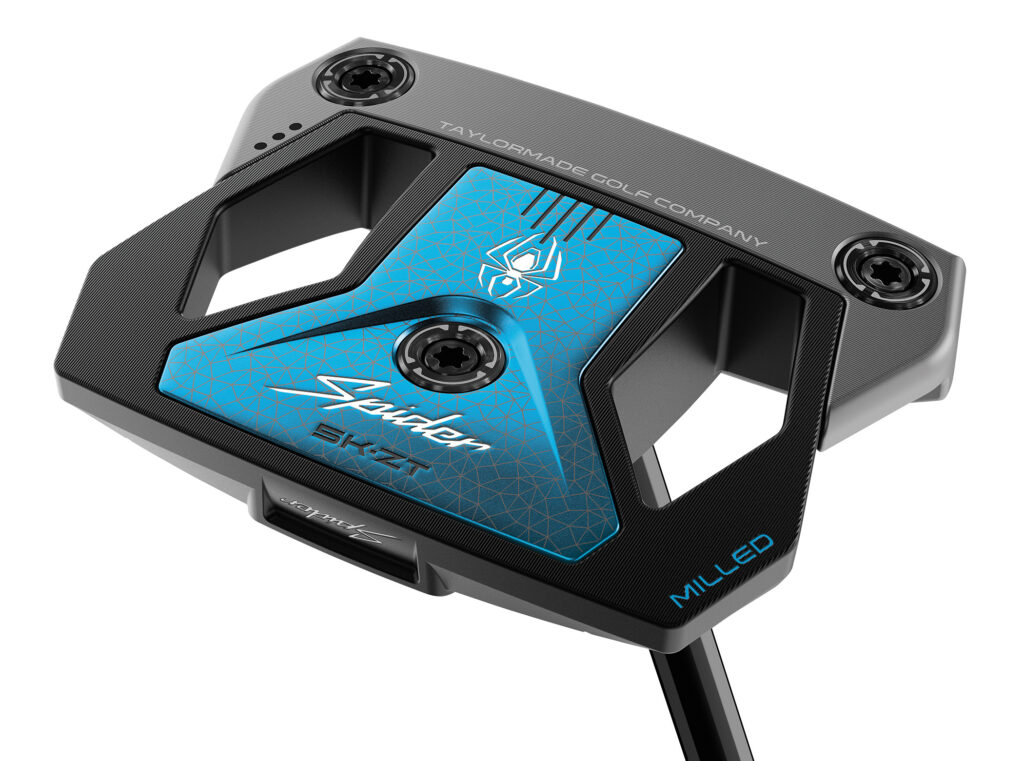
TaylorMade Spider ZT
The latest of the Spider family is the ZT with a milled aluminum body, a stainless steel face and a Surlyn/aluminum face insert. The weighting provides a toe up balance plus the center of gravity is 25mm behind the face and the shaft bore is in line with the center of gravity. Players will notice the 1° shaft onset lean and there’s heel to toe sole camber. Standard or Counterbalanced $499.99, Long $549.99 Spider ZT | TaylorMade
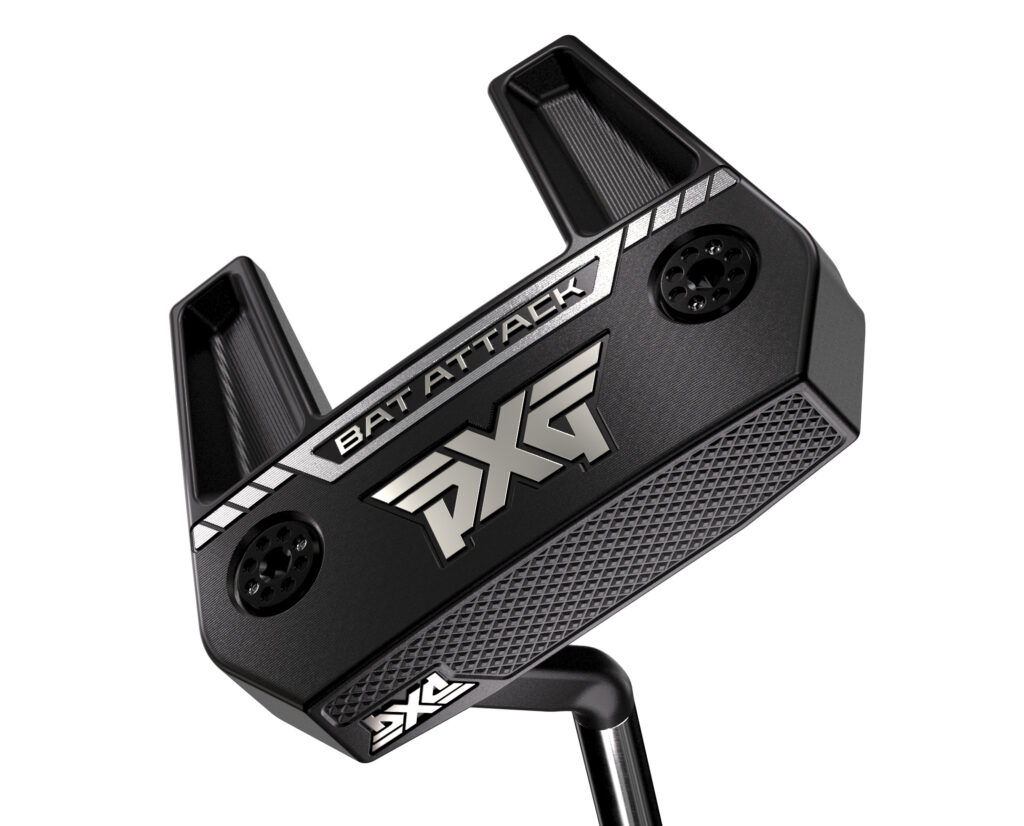
PXG Bat Attack ZT Putter
As one might imagine the ZT stands for Zero Torque and this mallet is a redo of one of their previous mallet shapes. The straight shaft’s S-hosel aligns the shaft axis over the center of gravity of the head which is a hollow polymer-filled stainless steel construction thath relocates the mass to the perimeter. This increases the resistance to twisting during the stroke keeping the very thin face on line. $449.99 Bat Attack ZT Putters – PXG

